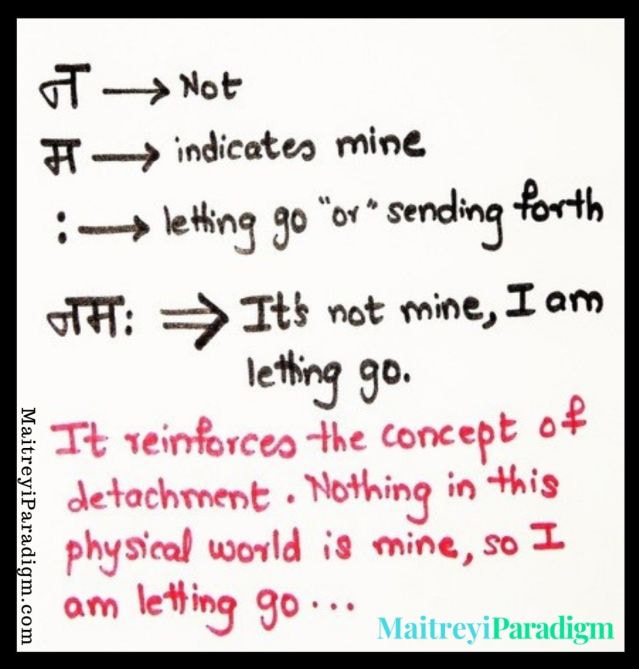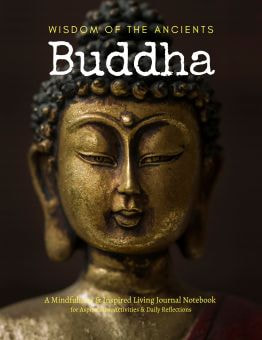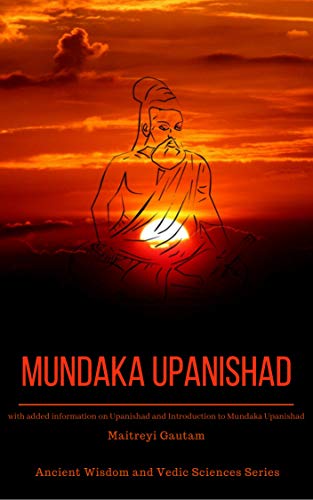Namah is colloquially said to mean “salutation” or a way of greeting, which is a way of paying obeisance. But then, there are several other words in Sanskrit which mean greetings or salutation such as Pranaam. Why don’t we find those being used in mantras?
Also, the actual root word for salutation is Nama without the ‘h’ or the visarga- i.e. the two dots at the end. So, what does Namah really mean and when you say them in mantras, what does that really mean?
... also check out:
In this case- Na means “Not”. It is an alphabet used to indicate negation. Ma indicates “Mine”. So basically- Nama means “Not Mine”. Which makes sense as a form of greeting (acknowledging) “another” who is “not me”! That is why it is the root word in the famous greeting term “Namaste”.
Now comes the key part- visarga or the two dots at the end. It indicates letting go or sending forth. This is why it is key that Namah is used in mantras. Since it indicates, “I am letting go of all that’s not mine”. This reinforces detachment. Nothing in the physical world is mine and so I am letting it go. Then what is left? That which is NOT of this physical world. My very consciousness-essence.
| |
Next time you say any mantra which includes “Namah”. Say it while truly understanding this meaning of Namah. It is a very powerful experience. If you are finely tuned to experiencing energy, you will notice an even higher vibration and be able to “palpably” feel the energy of the deity you are praying to.
This will also help you to more easily achieve “siddhi” of that mantra, which is to experience and maintain resonance with that energy-deity.
Ancient Wisdom, Ascension, Conscious Living, Global Vedic Wisdom, Sounds And Mantras, Spiritual Awareness and Tantra
Keywords and Tags:
#Quantum #ConsciousLiving #WisdomandInsights #Ascension #ancientwisdom #mantra #chanting #Hindu #Vedic #Consciousness #namah #namaste #pranaam #meaningofsanskritwords #power #lettinggo





















